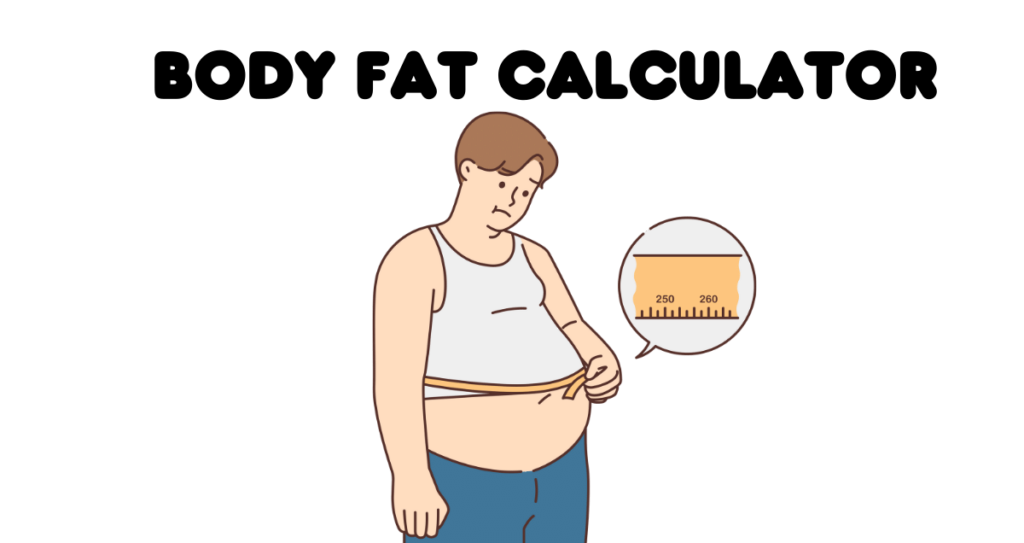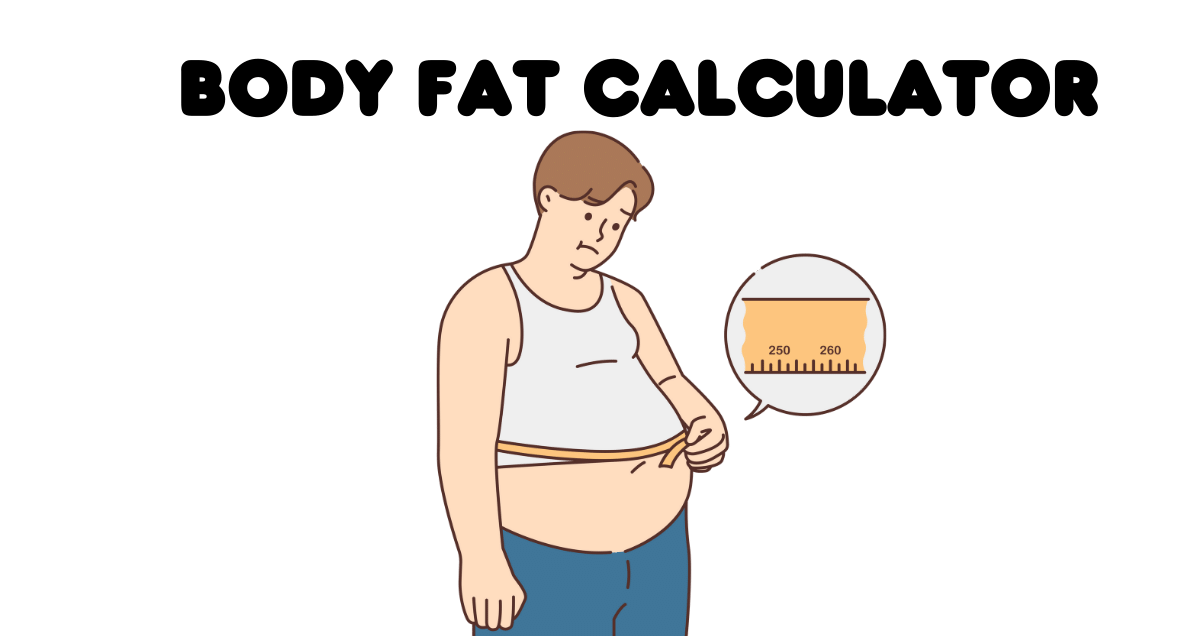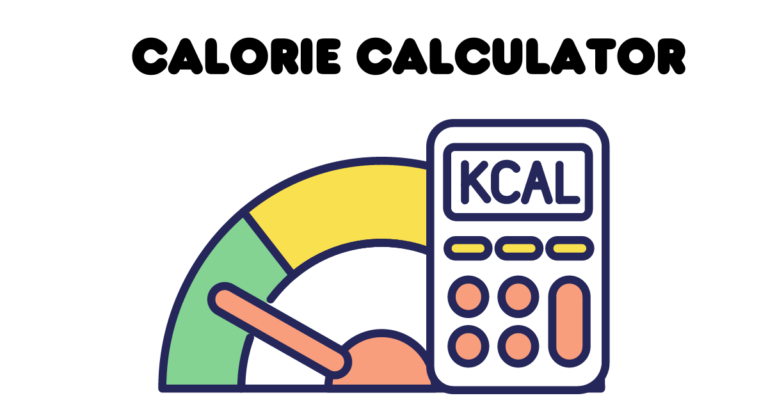Body Fat Calculator
Body fat percentage stands as a crucial metric in assessing overall health and fitness. It goes beyond the numbers on a scale, offering insight into the composition of our bodies. This metric accounts for various components, such as muscle, water, bones, and of course, fat. Understanding body fat percentage becomes pivotal as it offers a more comprehensive understanding of one’s health compared to merely considering body weight.
For instance, someone with a low body weight might still have a high body fat percentage, indicating a need for a healthier lifestyle. On the other hand, a person with a higher body weight might have a lower body fat percentage due to increased muscle mass. This understanding highlights the significance of body fat percentage in evaluating one’s fitness level accurately.
Types of Body Fat Calculators
The methods for measuring body fat percentage vary in complexity and accuracy. Caliper measurements involve using skinfold calipers to measure fat thickness at specific points on the body. Bioelectrical Impedance Analysis (BIA) measures body fat by sending a low-level electrical current through the body and analyzing its resistance. Dual-Energy X-ray Absorptiometry (DEXA) scans provide highly detailed body composition analysis through X-ray technology, while online calculators estimate body fat based on formulas considering various factors.
Each method has its strengths and limitations. Caliper measurements are inexpensive but can vary in accuracy based on the person conducting the measurements. BIA is convenient but may be influenced by factors like hydration levels and food intake. DEXA scans offer precise readings but are expensive and less accessible. Online calculators provide quick estimations but may lack accuracy compared to other methods. Understanding the pros and cons of each method aids in choosing the most suitable for individual needs.
Accuracy and Limitations of Body Fat Calculators
Despite advancements, no method guarantees 100% accuracy in measuring body fat percentage. Factors such as hydration, recent exercise, and individual variations in body composition can influence the readings. For instance, BIA measurements might fluctuate based on water content in the body, while caliper measurements can vary based on the experience of the person taking the measurements and the specific measurement sites chosen. It’s crucial to comprehend these limitations and use body fat calculators as tools for relative comparison rather than absolute precision.
How to Use a Body Fat Calculator
- Measuring System Selection: Begin by choosing your preferred measuring system – either Metric (Kgs, Cms) or US (lbs, inches).
- Selecting Sex: Choose your sex – either Male or Female.
- Input Measurements: Enter your measurements:
- Height: Enter your height in either centimeters (Cms) or inches based on your selected measuring system.
- Neck Girth: Input your neck girth measurement.
- Waist: Enter your waist measurement.
- Hips: If you’re a female, input your hips measurement.
- Submit: Click the ‘Submit’ button after entering all the required measurements.
Interpretation of Results
Upon submitting your measurements, the calculator will display two essential results:
- Your Body Fat Percentage: This result provides an estimated percentage of body fat based on the measurements you’ve entered.
- Body Fat Category: The calculator categorizes your body fat percentage into specific categories, including Essential, Fit, Acceptable, or Obese.
These categories offer insights into where your body fat percentage falls concerning established norms. For instance:
- Essential: Indicates a healthy and necessary level of body fat.
- Fit and Acceptable: Suggests favorable ranges, typically associated with good health and fitness levels.
- Obese: Signals a higher-than-recommended level of body fat, indicating potential health risks.
It’s important to note that while this calculator provides estimations, individual body compositions vary, and factors like muscle mass can influence results. It’s a tool for reference and comparative analysis rather than an absolute determinant of health.
Interpreting Body Fat Percentage Results
Interpreting body fat percentage requires considering various factors such as age, gender, and fitness level. Healthy ranges differ based on these variables, and understanding where one stands within these ranges is crucial. For instance, athletes might have lower body fat percentages due to higher muscle mass, while older adults may have higher percentages due to age-related changes. Knowing these variations aids in setting realistic health and fitness goals tailored to individual circumstances.
Benefits of Monitoring Body Fat Percentage
Regular monitoring of body fat percentage offers numerous advantages beyond mere weight tracking. Understanding the changes in body composition assists in evaluating the effectiveness of fitness routines and dietary modifications. Unlike weight alone, which doesn’t distinguish between muscle, fat, and other tissues, body fat percentage provides a clearer picture of progress. This metric enables individuals to make informed adjustments to their fitness and nutrition plans for better results.
Moreover, tracking body fat percentage serves as a motivator on the fitness journey. Witnessing gradual reductions in body fat percentage, even if weight remains constant, signifies positive changes in body composition. This tangible progress often boosts confidence and encourages individuals to stay committed to their health goals.
Challenges in Determining Body Fat Percentage
While body fat calculators are valuable tools, they come with challenges beyond technical accuracy. Emotional factors and societal perceptions about body image often impact how individuals interpret their body fat percentages. A seemingly high percentage might lead to unnecessary concerns or even discourage individuals on their fitness journey. Therefore, balancing the pursuit of a healthy body fat percentage with mental and emotional well-being becomes crucial. It’s essential to focus on overall health and fitness rather than fixating solely on the numbers provided by these tools.
Additionally, setting realistic and achievable goals concerning body fat percentage can be challenging. Unrealistic expectations may lead to frustration or adopting unhealthy practices in pursuit of rapid changes. Striking a balance between ambition and sustainable health practices is vital to long-term success.
Choosing the Right Body Fat Calculator
Selecting the most appropriate body fat measurement method depends on individual preferences, accessibility, and desired accuracy. Factors such as cost, convenience, and ease of use also play significant roles. For instance, someone looking for quick estimations might prefer online calculators, while individuals aiming for precise measurements might opt for DEXA scans despite their higher cost.
Considering personal goals and how frequently one intends to monitor both body fat and calorie percentages helps in narrowing down the choices. Ultimately, choosing the right body fat calculator involves finding a balance between accuracy, convenience, and affordability that aligns with individual needs.
Body Fat Calculator Myths Debunked
Several misconceptions surround body fat calculators, leading to confusion and misinformation. One common myth is that these tools provide absolute accuracy, which isn’t entirely true. While they offer estimations, no method guarantees pinpoint precision due to various influencing factors.

Another prevalent misconception is associating low body fat percentages with optimal health. While excessive body fat poses health risks, too low a percentage isn’t necessarily healthier. Each individual has a different ideal body fat range, and this range varies based on various factors like age, gender, and fitness level.
Factors Influencing Body Fat Percentage
Body fat percentage is not solely determined by exercise or diet. Genetics, age, hormonal changes, and overall lifestyle play significant roles. Genetics influence where the body stores fat, while age-related changes can impact metabolism and fat distribution. Understanding these influencing factors helps individuals tailor their approach towards achieving and maintaining healthy body fat levels.
Tips for Maintaining Healthy Body Fat Levels
Maintaining healthy body fat levels involves a holistic approach encompassing nutrition, exercise, and lifestyle habits. Incorporating balanced meals, regular physical activity, and adequate rest form the foundation. Fad diets or extreme workouts may provide short-term results but are often unsustainable and potentially harmful in the long run. Gradual, sustainable changes promote better health outcomes and lasting results.
Incorporating Body Fat Calculations into Fitness Goals
Utilizing body fat data as part of fitness goals enhances the effectiveness of workout plans. Understanding how the body responds to exercise and dietary changes aids in designing personalized fitness routines. By setting achievable targets based on body fat percentage, individuals can track progress more accurately and adjust their strategies accordingly.
The Evolution of Body Fat Measurement Tools
The journey of measuring body fat has evolved from simple caliper measurements to advanced technological methods like DEXA scans. Historical tools lacked precision and accessibility compared to today’s sophisticated options. Technological advancements continue to refine these tools, making body fat measurement more accurate and accessible to a wider audience.
Conclusion
Understanding and monitoring body fat percentage significantly contributes to one’s overall health and fitness journey. While no measurement method is flawless, these tools offer valuable insights that aid in setting realistic and personalized health goals. Striving for a healthy body fat percentage, coupled with a balanced approach to fitness and well-being, ensures sustainable progress toward optimal health.


